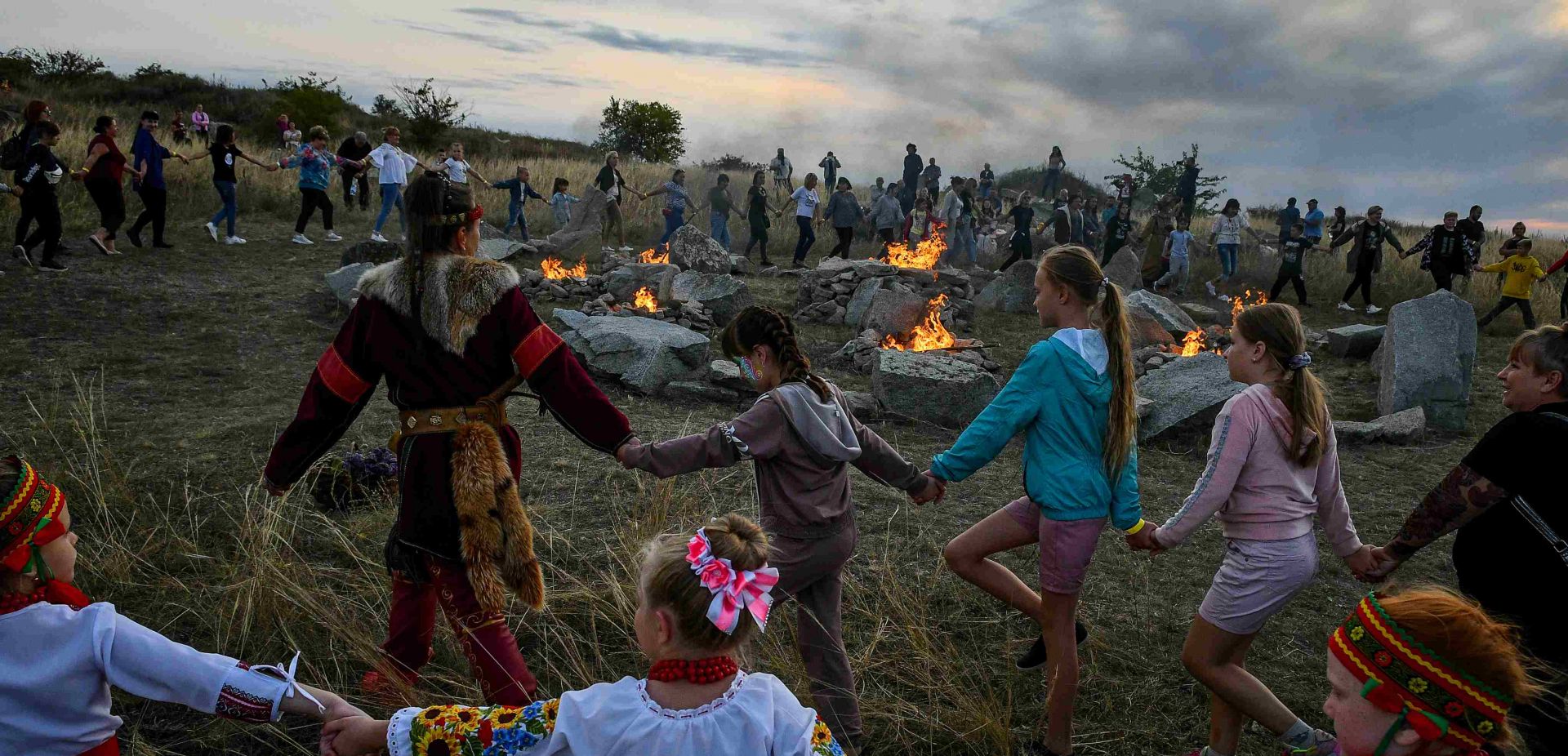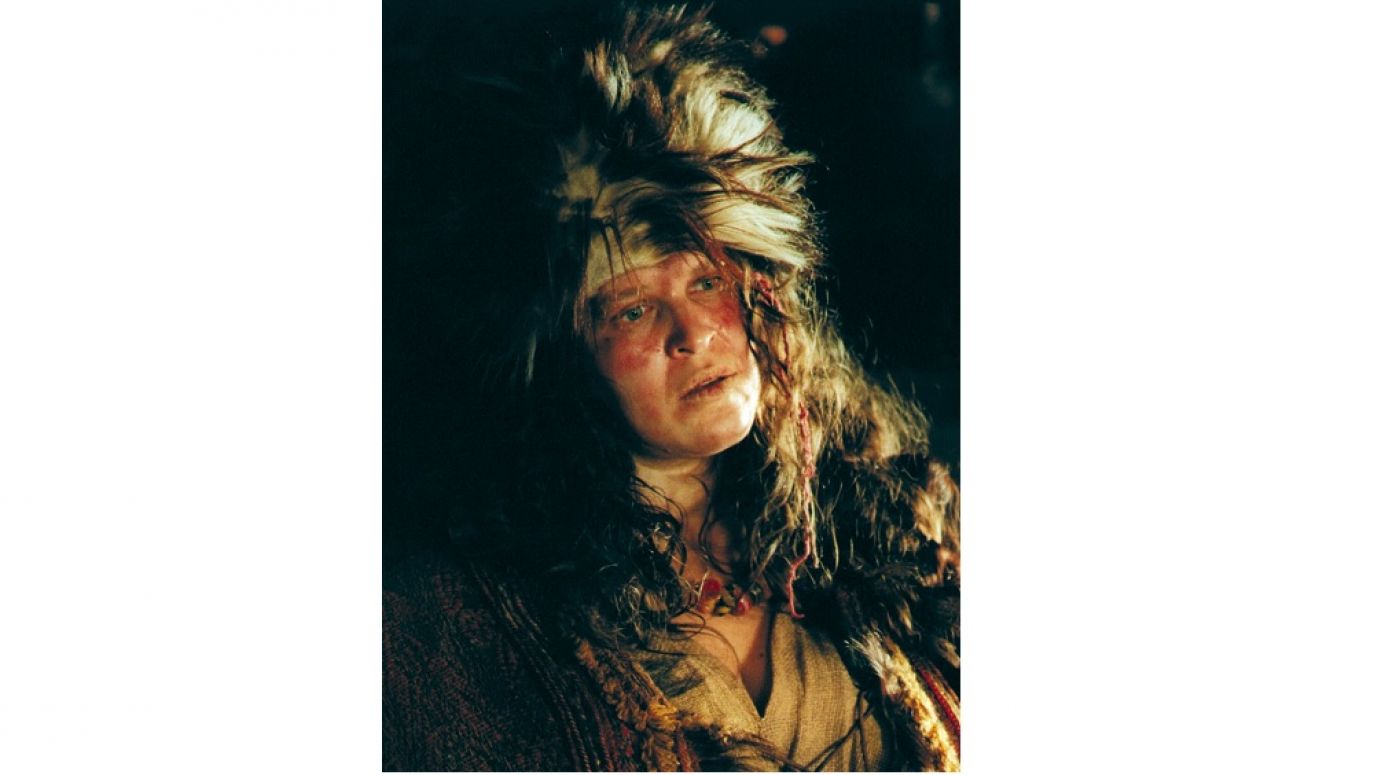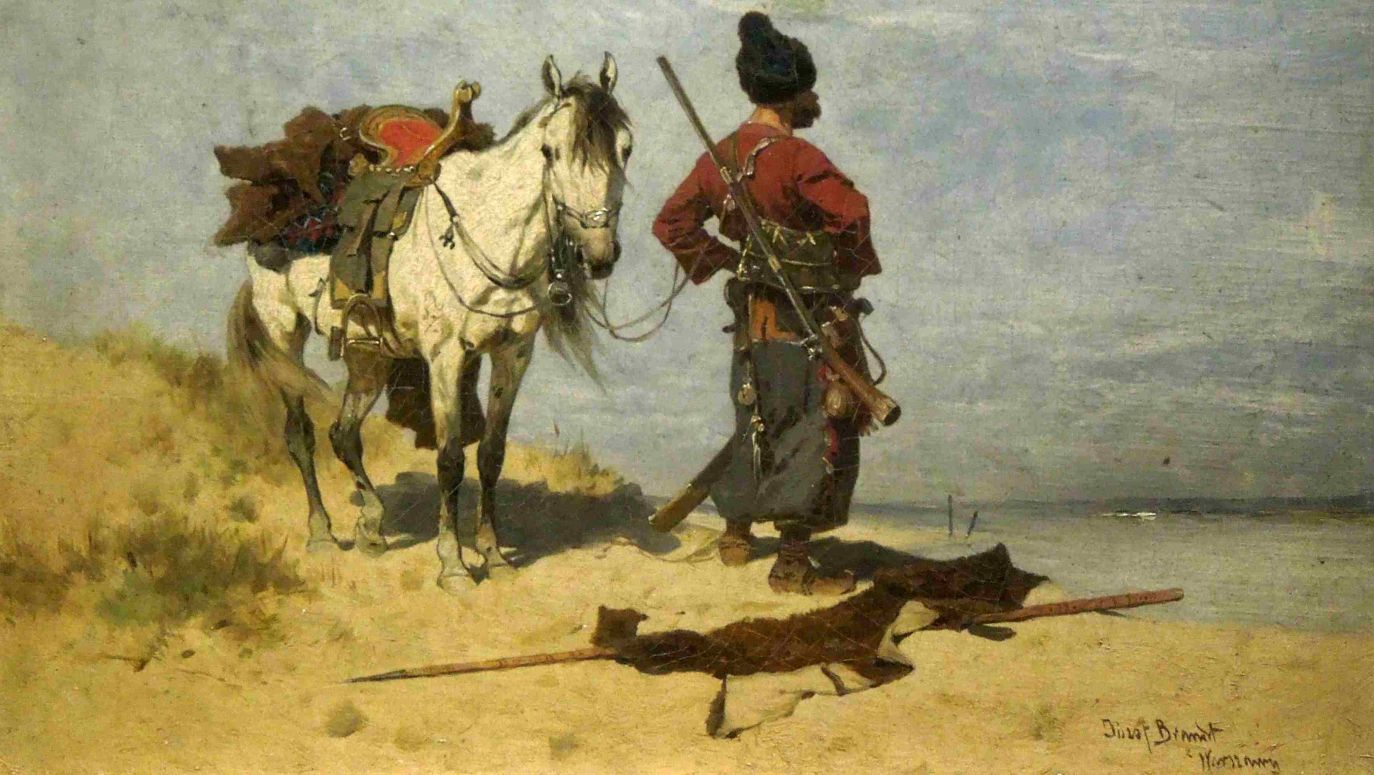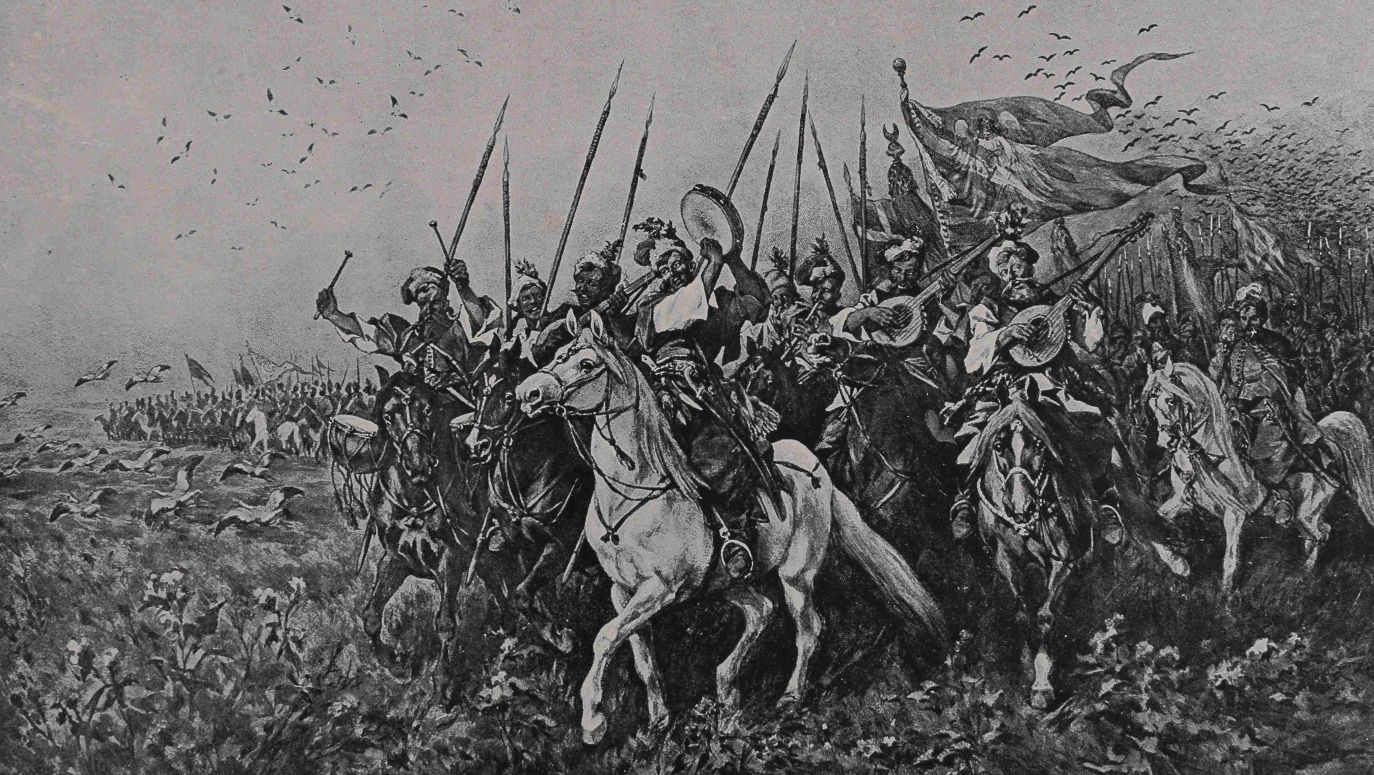So we may ask where all the confusion comes from and why the Ukrainians didn’t make do with their native Dziady? When looking for answers, let’s take a look at “With Fire and Sword” again.
The novel begins at the end of 1647, although we do not know whether the date is in accordance with the Gregorian calendar. It is possible, then, that the ghosts on the front page appear on the eve of, or perhaps exactly on, the day of
Malanka , the actual feast of Veles, aka Volos. Later, demonic-divination activity manifests itself regardless of the season and is associated with specific characters. These, in turn, live in the minds of Ukrainians today, as evidenced by, for example, activities supported by the autocephalous Orthodox Church, the aim of which was the scientific search for the burial place of Bohdan Khmelnytsky.
The renaissance of this figure, as well as of many others, may indicate an intensified need to create a pantheon of proper national heroes. And to paraphrase “To God what is divine, to Caesar what’s imperial”, it can be said that the clergy draws from Khmelnytsky’s heritage the tradition of establishing new temples, the state – a geopolitical thought, and the popculture – a “vorozhykha” and fortune-telling “from grains of wheat, fire, water, foam”.
Our four children have been calling out “trick or treat” since the beginning of October and it is difficult to read Sienkiewicz with our son when the Halloween competition is growing day by day. But what a holiday sit it when there is so much suffering and death beyond our eastern border? After all, no one will say to the sisters and brothers in Ukraine “Happy Halloween!”
Thanks to
Velesova Nich there will be a way out of this impasse. Among many customs associated with it, there is also a big trick, consisting in overturning vehicles. So ... Ukrainian sisters and brothers, we wish you to turn as much of the Russian lethal technique upside down as it is only possible.
– Marta Panas-Goworska, Andrzej Goworski
– Translated by Dominik Szczęsny-Kostanecki
TVP WEEKLY. Editorial team and jornalists
Marta Panas-Goworska and Andrzej Goworski – a writing tandem. They are interested in the culture and history of Central and Eastern Europe and Russia. Marta Panas-Goworska is a cultural expert. Andrzej Goworski is a Polish philologist, author of short stories and literary reviews. Together, they have published four books: “Naukowcy spod czerwonej gwiazdy” (2016), “Grażdanin N.N.” (2017), “Inżynierowie Niepodległej” (2018) and “Naznaczeni przez rewolucję bolszewików” (2017). 
 SIGN UP TO OUR PAGE
SIGN UP TO OUR PAGE
 Велесова ніч [Velesova Nich]
Велесова ніч [Velesova Nich]







